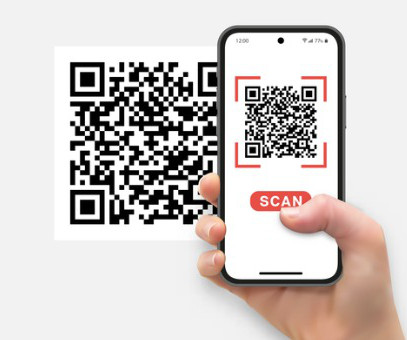Retrieval in Action: Creative Strategies from Real Teachers
Cult of Pedagogy
APRIL 27, 2025
rapid retrieval: During a lecture, stop every 10 minutes or so to ask a question about a topic you’ve covered. ’ and then applying it to new knowledge.” ” Peer Instruction This strategy turns a simple multiple-choice question into a quick collaborative activity. ” she says.

















Let's personalize your content